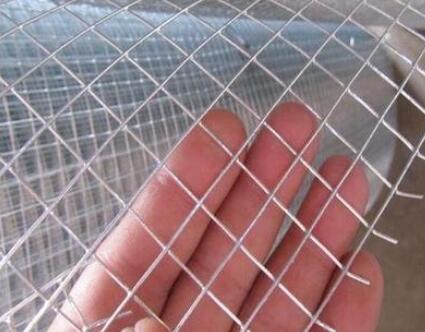Perforated Metal Sheet Specification Understanding the Essentials
Perforated metal sheets are an integral component in various industries, playing a significant role due to their unique properties. These sheets are primarily made from metals such as stainless steel, aluminum, and mild steel and feature a pattern of holes created through a punching or laser cutting process. This article delves into the specifications that define perforated metal sheets, providing insights into their manufacturing, applications, and benefits.
1. Material Selection
The choice of material is crucial in determining the performance and suitability of a perforated metal sheet for specific applications. Stainless steel, known for its corrosion resistance, is commonly used in environments exposed to moisture and chemicals. Aluminum is favored for its lightweight nature and resistance to corrosion, making it ideal for architectural applications. Mild steel, while requiring protective coatings to prevent rusting, offers strength and durability at a lower cost. Each material imparts distinct characteristics that influence the sheet’s performance, weight, and longevity.
2. Hole Size and Pattern
The size and shape of the holes in a perforated metal sheet greatly affect its functionality. Hole diameter can range from tiny holes measuring just a few millimeters to larger openings over 30 mm. Common hole patterns include round, square, and slotted configurations. The selection of hole size and pattern is influenced by the intended use, such as ventilation, light diffusion, or filtration requirements. Additionally, the arrangement of holes, whether staggered or aligned, can impact the aesthetic appeal and structural integrity of the sheet.
3. Thickness
The thickness of the sheet is another critical specification to consider. Perforated sheets can vary in thickness from as thin as 0.5 mm to over 6 mm. The sheet’s thickness not only influences its strength and durability but also affects its weight and ease of handling. Thicker sheets are generally more robust and suitable for heavy-duty applications, while thinner sheets may be used for decorative purposes or light-duty applications.
perforated metal sheet specification

The open area ratio, or the percentage of the sheet area that is occupied by holes, is an essential specification. This ratio determines airflow, sound attenuation, and light passage through the sheet. A higher open area ratio means better ventilation, making it suitable for applications like acoustic panels and filters. Conversely, lower open area ratios can enhance strength and structural support, making them ideal for protective barriers and screens.
5. Finishing Options
Finishing treatments can enhance the performance and aesthetics of perforated metal sheets. Common finishes include powder coating, anodizing, and galvanizing, each providing various benefits such as improved corrosion resistance, enhanced appearance, and increased longevity. The choice of finish should align with the environmental conditions and aesthetic preferences of the application.
6. Applications
Perforated metal sheets find applications across a wide range of sectors, including construction, aerospace, automotive, and food processing. In architecture, they are used for facades, ceilings, and screens, allowing for creative designs while maintaining structural integrity. In industrial settings, they serve as filters, guards, and ventilation systems. The versatility of perforated metal sheets makes them indispensable in modern manufacturing and design.
Conclusion
Understanding the specifications of perforated metal sheets is crucial for selecting the right product for any application. Factors such as material, hole size and pattern, thickness, open area ratio, and finishing options play vital roles in determining the suitability and performance of these sheets. As industries continue to evolve, the demand for perforated metal sheets will likely expand, driven by their versatility and functional benefits, making them a cornerstone in modern material design and engineering.

















